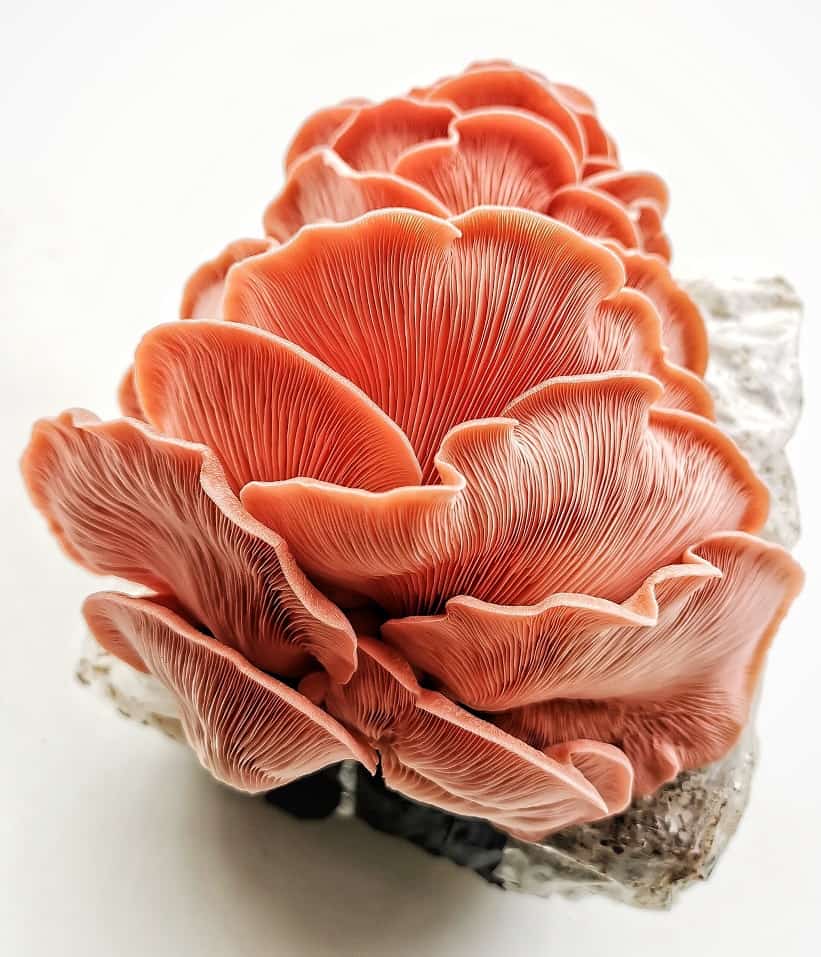
Getting Started With Growing Mushrooms
As you’re getting started with growing mushrooms it’s common to have a myriad of questions. In this article we hope to answer some frequently asked questions and provide some trouble-shooting advice for growing your own mushrooms at home.
We’ll be discussing when and how to open a mushroom grow kit, common issues with colonisation, fruiting body development, maintaining humidity and storing mushroom growing supplies.
View Complete List Of Guides
What Is Mycelium?
Mycelium is the branching mass formed from strands of hyphae. It’s this mass that is responsible for breaking down and consuming matter via the excretion of enzymes. These nutrients are absorbed and used to expand and eventually produce fruiting bodies.
Mycelium can have different appearances depending on the species of fungi. Oyster mushrooms produce thick, white mycelium whereas species like lion’s mane are much finer and less opaque.
Mycelium will provide protective qualities to the substrate similar to the layer of mould on an aged cheese.
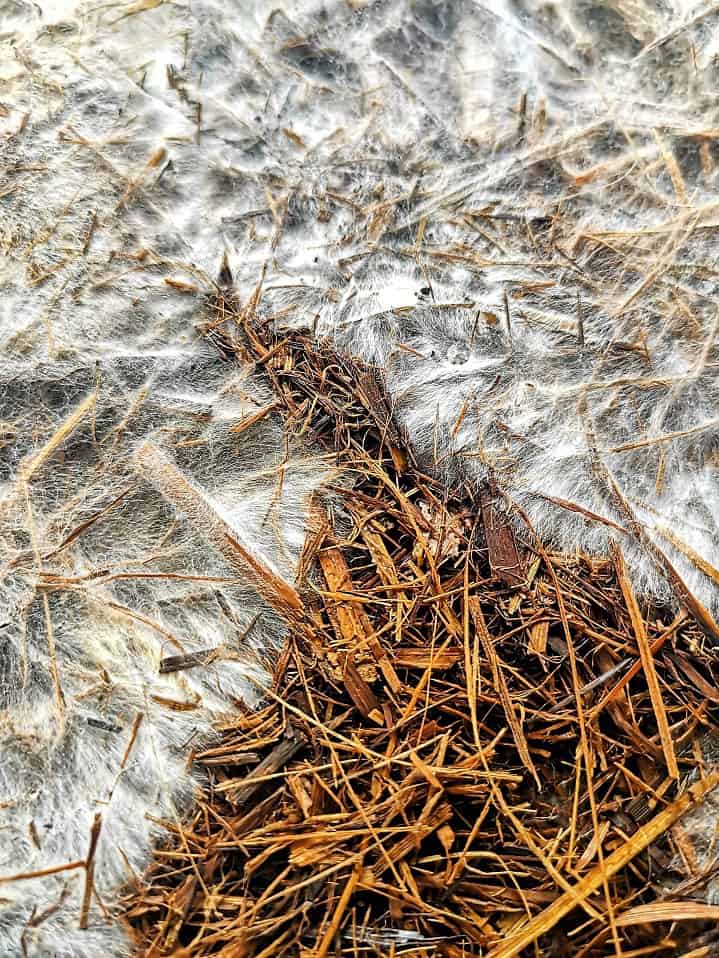
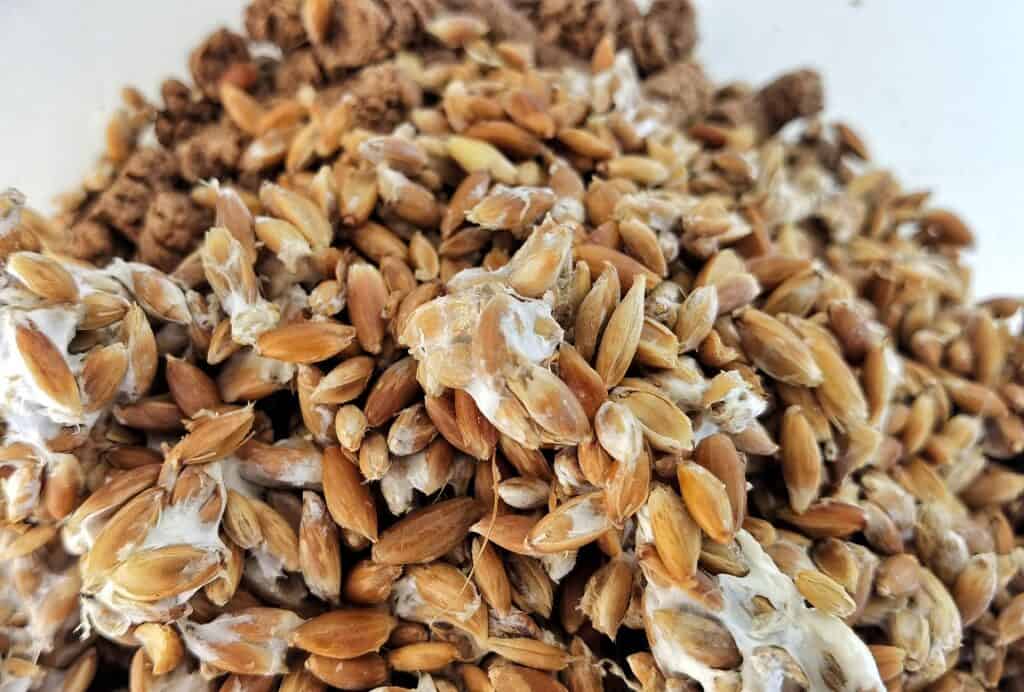
What Is Grain Spawn?
Grain spawn is a little known secret weapon belonging to the world of mushroom cultivation. It’s made from sterilised grains that have been inoculated with a live mycelium culture.
Grain spawn contains a lot of energy for our mycelium to consume. It’s a bit like rocket fuel for mushrooms. Once it’s added to your substrate it takes off like wild fire.
Mother Nature works her magic using spores but in a controlled environment you need to tip the scales in your favour by using clean high-quality grain spawn so you are doing your best to ensure success
What Is A Grow Kit?
A mushroom grow kit is a block of supplemented sawdust that has been sterilised and inoculated with a live mycelium culture in laboratory conditions.
Mushroom grow kits are simple to use and perfect for the beginner looking to learn about mushroom growing and how to maintain excellent fruiting conditions.
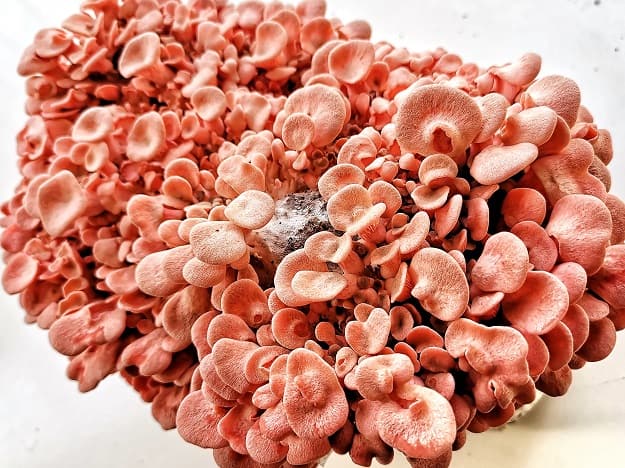
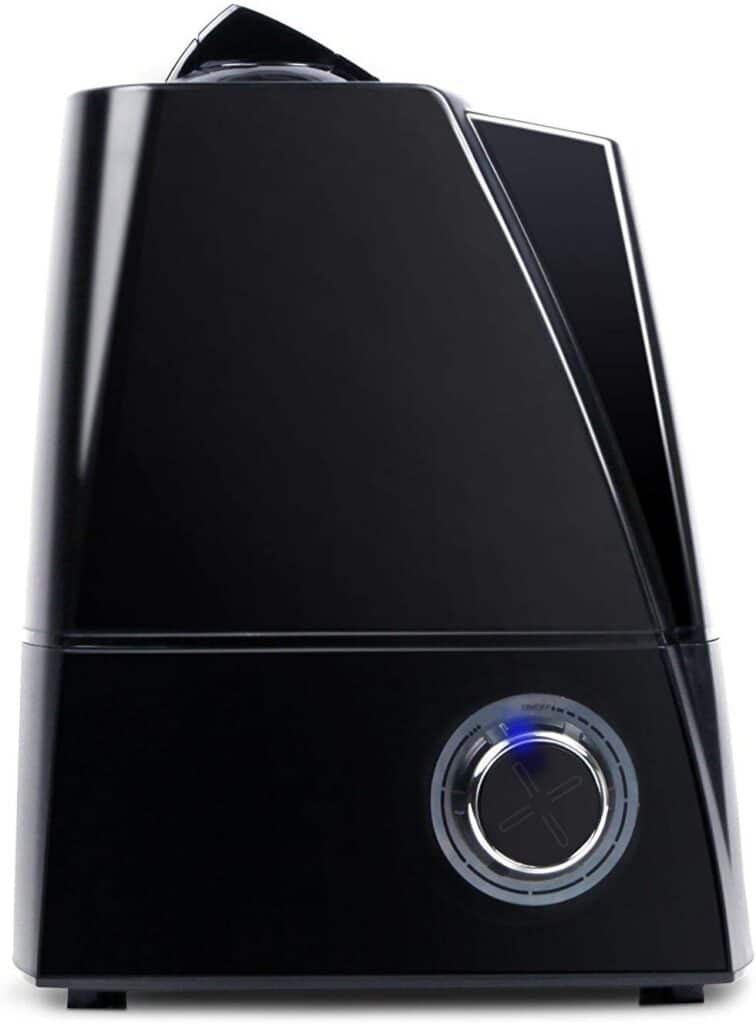
Do I Need A Humidifier?
The short answer is no. There are a few different methods that growers can use when starting out to maintain higher levels of humidity. The most compact, discreet and low cost method is by making a Shotgun Fruiting Chamber (SGFC).
Alternatively a mini-greenhouse can be used. These can be fitted with a humidifier, humidity control and fan to fully automate the process or you can mist the inner walls to increase humidity levels via evaporation.
Some species like pink oyster are very tolerant to fluctuations in humidity and are great for getting started.
What If The Grow Kit Has Broken In Transit?
Mushroom grow kits are very hardy and resilient. Mycelium, the living organism responsible for holding the kit together will pull itself together and fuse the fractured parts of the grow kit together again in order to access and unlock the nutrition within the substrate to produce the largest possible yields of fresh gourmet mushrooms.
Please contact us by responding to the order confirmation in the event that the sealed grow bag has been punctured, damaged or developed contamination during transit.
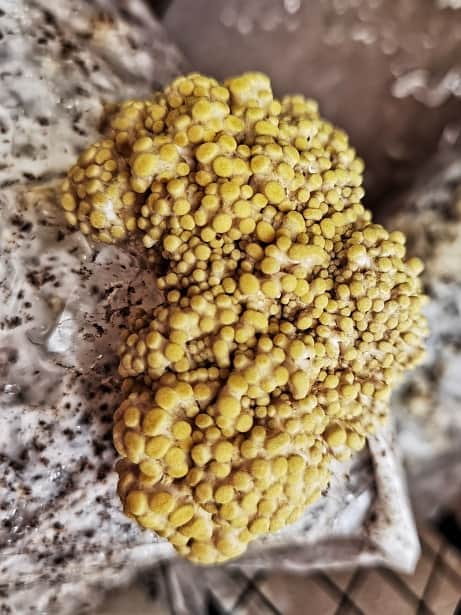
How To Open A Grow Kit?
It’s important that the grow kit bag remains closed until the substrate is fully colonised by the mycelium. This white layer of mycelium will help protect the sterile substrate similar to the layer of mould on aged cheese.
Learn how to open a mushroom grow bag with our step by step article and video tutorial in the link below.
How Long Will A Grow Kit Last?
Grow kits have a short lifespan and should be used shortly after being received.
We recommend removing the mushroom grow kit from the shipping parcel upon arrival and sitting it upright, undisturbed out of direct sunlight to ensure that the mycelium is receiving plenty of fresh air via the micron filter patch.
Usually within a few days the mycelium will have regenerated from being in transit and is ready for opening. If left unattended it may attempt to form fruit within the bag. Fruiting may be delayed slightly by maintaining the kit at a lower temperature and by returning it to the box once the mycelium has fully colonised the substrate.
The increased CO2 levels within the box with slow down the development of fruiting bodies in some species.
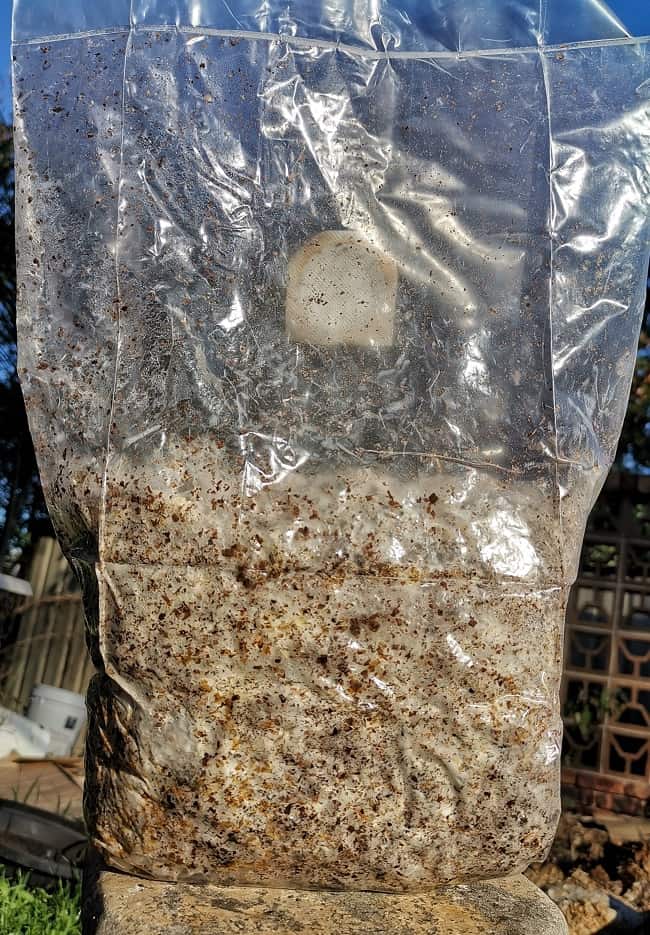
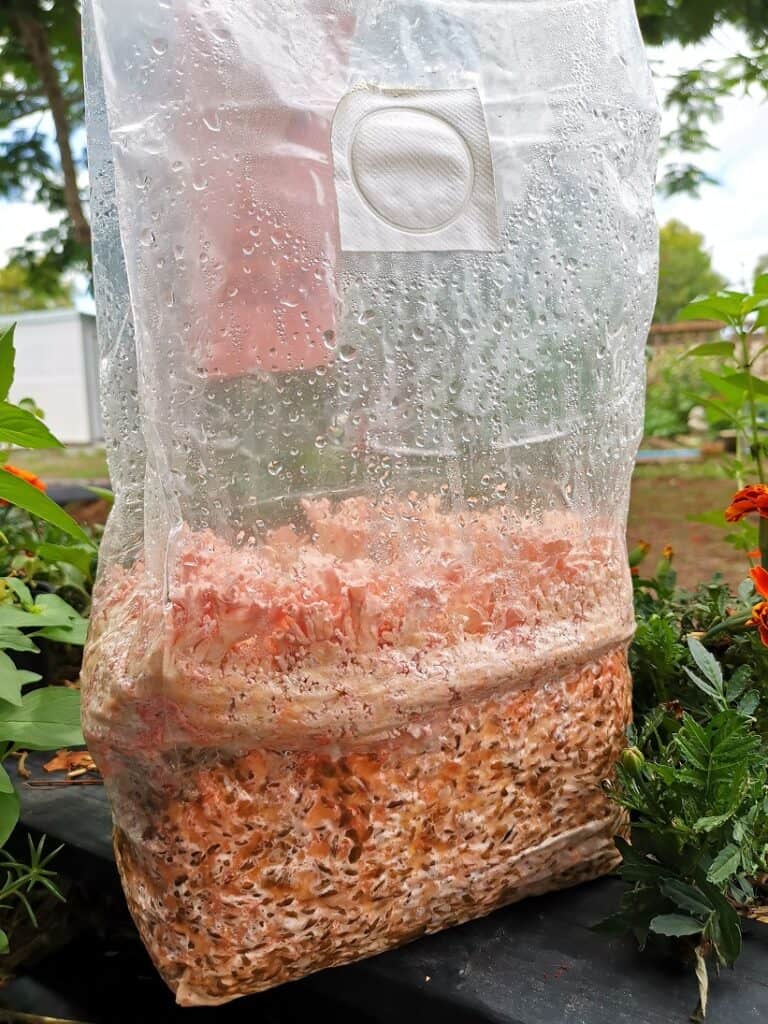
What If The Grain Spawn Has Begun Fruiting?
Sometimes grain spawn may begin fruiting before you have an opportunity to use it. This is especially true for species like pink and yellow oyster and lion’s mane.
Primordia will form on the grain spawn and abort due to the high concentrations of CO2. While the bag remains completely sealed, the spawn will be clean and suitable for use. We recommend discarding of aborted primordia before using the grain spawn.
The Grow Kit Is Producing A Yellow Liquid
As the mycelium colonises the substrate it will often expel metabolites. This is a naturally occurring byproduct of the mycelium. It can vary in colour from light pale to deep orange. Where metabolites condense you may find that the substrate will not fully colonise due to the excess hydration. Fruiting blocks and grain spawn rarely produce enough metabolites for it to cause any complications with colonisation.
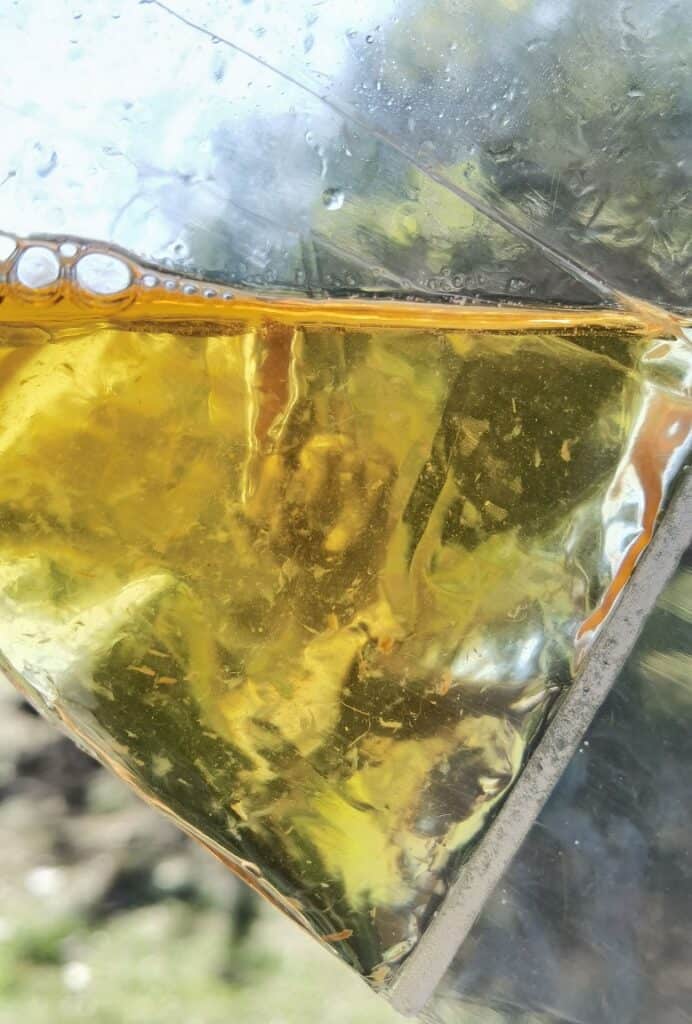
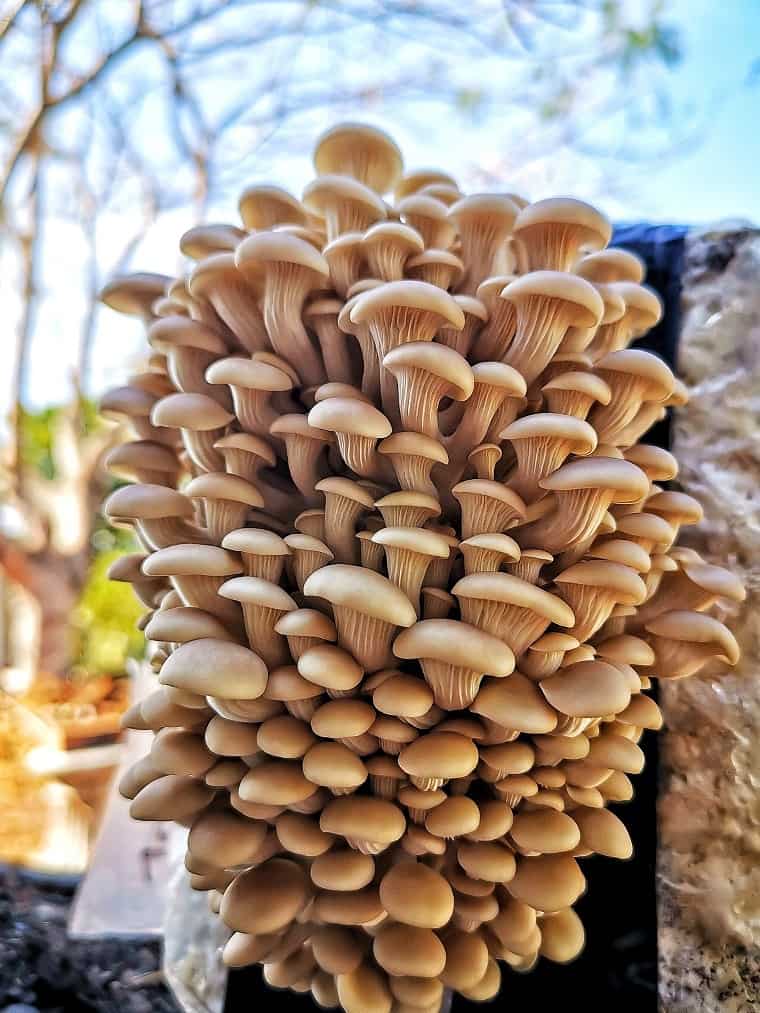
Why Isn't The Grow Kit Fruiting?
The fine threads of hyphae which compose the mycelium will form hyphal knots once mature and exposed to the correct fruiting conditions. These hyphal knots will give rise to primordia – or pins. The primordia will eventually develop into the reproductive fruiting bodies which we call mushrooms.
It is almost always a result of incorrect fruiting conditions if the mycelium is not developing primordia. The three primary triggers for primordial development (pinning) are light exposure, fresh air exchange and humidity.
Generally we can discard light exposure as a very minimal amount of ambient light is sufficient. Fresh air exchange and humidity are often the culprit and should be increased by more frequent misting, the use of a humidifier, or potentially placing a small fan near the fruiting chamber to ‘pull’ air away.
What Causes Dry, Cracked & Blemished Mushrooms?
Primordia or developing fruiting bodies will stall if the fruiting conditions are not maintained. It’s important to provide the mushrooms with fresh air and humidity during once the kit has been opened. If the fruiting bodies dry out too much they will abort. The same applies if too much carbon dioxide accumulates around them.
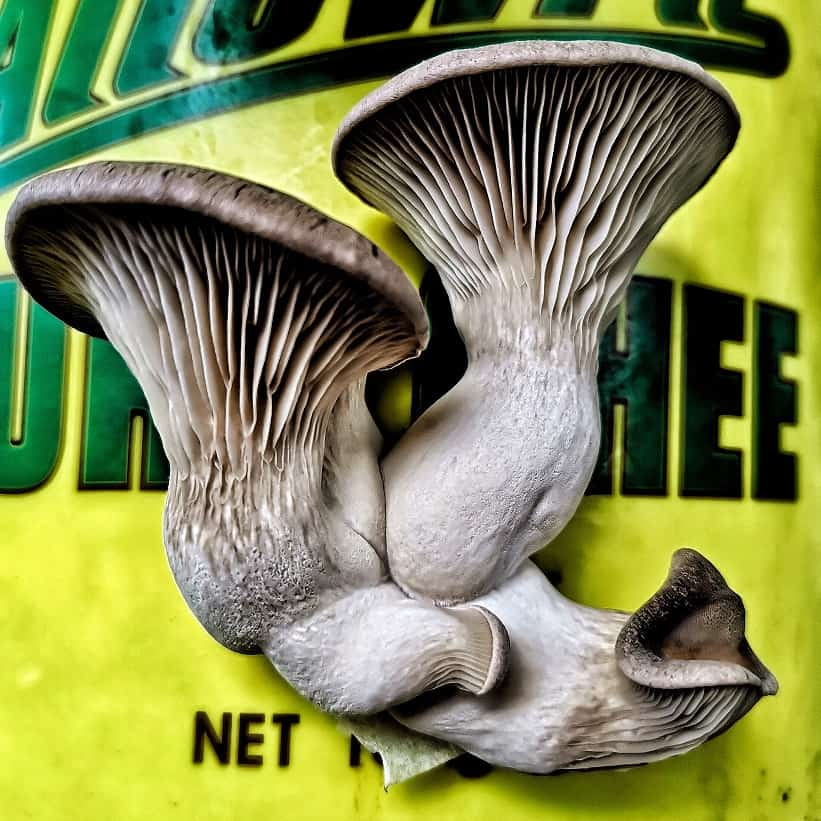

What Causes Long, Stretched Mushrooms?
Mushrooms require fresh air exchange to produce healthy, well-developed fruiting bodies. As they grow they release carbon dioxide. This can accumulate in the fruiting chamber or grow kit causing the mushrooms to grow long and ‘leggy’ as they seek fresh air.
At times this can be used as a deliberate strategy to grow longer mushrooms as can be seen in the production of enoki mushrooms or reishi.
When receiving sufficient fresh air oyster mushrooms will develop short stems and large shell-like caps. When increasing fresh air exchange it’s important to be mindful of humidity levels.
Lion's Mane Grain Spawn Appearance
Lion’s mane mycelium is much finer and less opaque than other commonly grown gourmet fungal species.
The mycelium will often thicken and develop an opaque, white layer where it makes most contact with fresh air. This is due to the formation of primordia, this layer of primordia can be removed prior to using the grain spawn.
Maturing grain spawn will often produce yellow, liquid metabolites which are a natural byproduct of the mycelium.
Due to the fine structure of lion’s mane mycelium recently colonised grain spawn will often appear underdeveloped after being shaken, however the grains will remain inoculated and ready for use.
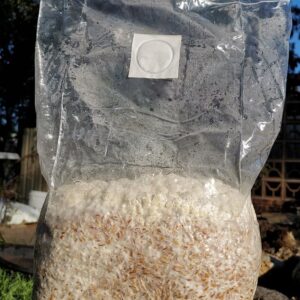
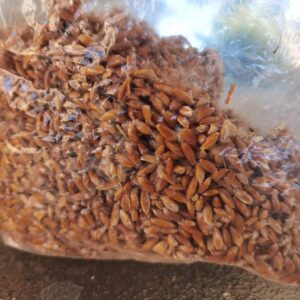
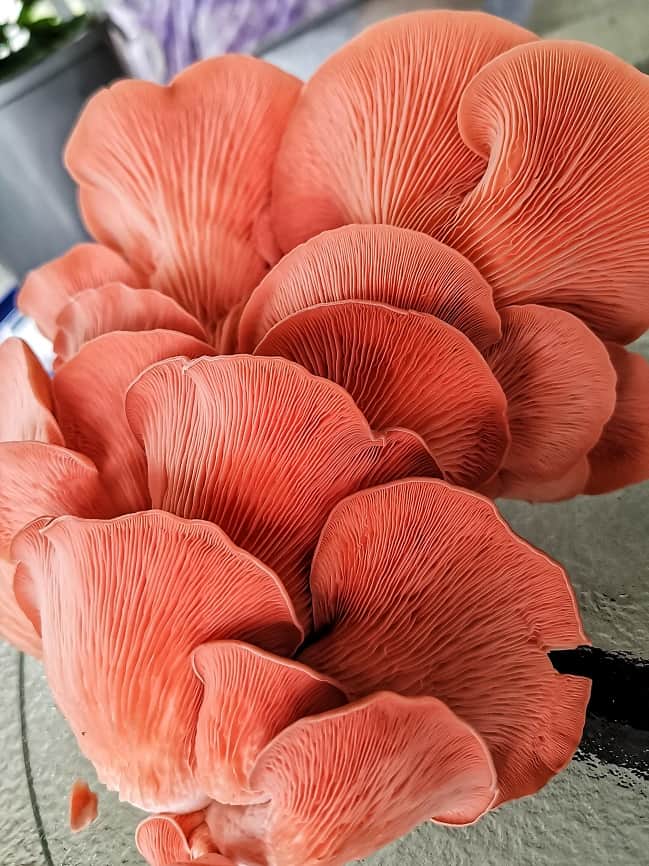
When Are Mushrooms Ready To Harvest?
Ideally mushrooms are harvested before they have dropped the bulk of their spores to maximise the time that they can be stored. We store our mushrooms within a paper bag in the refridgerator.
Oyster mushrooms should be harvested before the caps turn fully upwards. At this point they will still be firm and full of colour.
Lion’s mane can be harvested while young for a firmer and tighter texture or just as the spine begin to reveal themselves for a looser and fluffier texture.
The Spawn Has Begun Fruiting Prematurely
Mushroom grain spawn may form fruiting bodies before it has been incorporated with a substrate. These fruiting bodies will usually remain small and abort due to the lack of fresh air exchange within the bag of spawn.
In the name of best practice we recommend to exclude the partially formed fruits from use. The remaining grain spawn can be used as normal.
This is less relevant if using the spawn for a grain to grain transfer or to inoculate a sterile substrate using aseptic technique as the media will be fully colonised and protected before exposing to external pathogens.
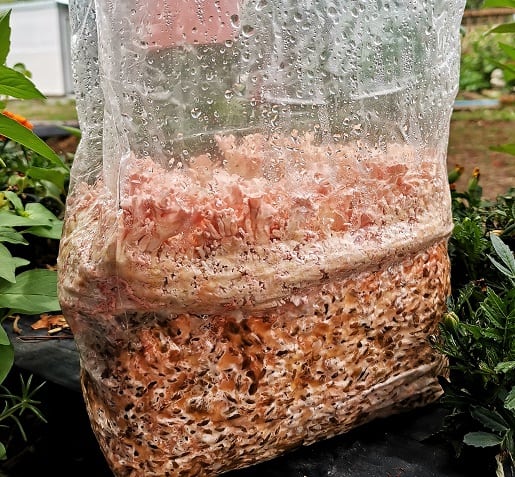
Who We Are
We’re a small scale producer of gourmet mushroom grain spawn and ready to grow kits located in South East Queensland. We’re passionate about fungi and we love sharing our obsession with the world.
Frequently Asked Questions
Do you have questions for us? We might have answered your question in our Frequently Asked Questions.